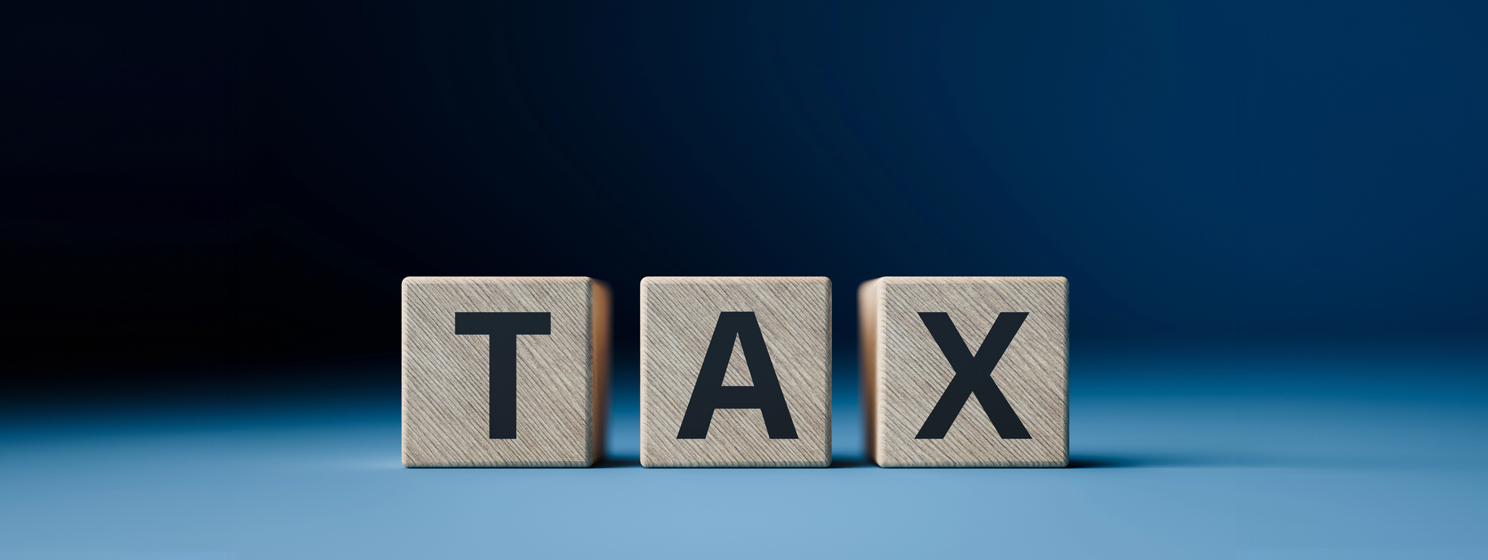|
Getting your Trinity Audio player ready...
|
When the MiCA regulations passed in May 2023, the European Union became the first major jurisdiction to provide what the digital currency and blockchain industry call “regulatory clarity.”
While some lamented the EU’s regulations as burdensome and complex, the aim was never to please or facilitate the use cases they had in mind. Instead, it was to foster government and enterprise use cases, helping usher in Europe’s ‘Digital Decade.’
It seems to be paying off. On September 30, The European Blockchain Sandbox Initiative (EBSI) announced that 41 regulators and 22 countries from the European Union and European Economic Area have joined the second cohort. Authorities from France, Spain, Italy, Belgium, The Netherlands, and many others are involved alongside companies working on various blockchain solutions.
What is the European Blockchain Sandbox Initiative?
In a nutshell, it’s an initiative launched by the European Union to foster the development and testing of blockchain solutions within a controlled environment. The goal is to facilitate dialogue between regulators, innovators, and companies working on blockchain tech in multiple sectors.
Key aspects of the initiative include testing blockchain-based solutions in a safe environment, cross-border cooperation, regulatory guidance, and public-private sector collaborations. In short, it’s a way for everyone to get together, test blockchain applications, provide feedback, and work out any legal or regulatory hurdles.
The EBSI will also support 20 projects with legitimate use cases based on blockchain technology. These will be selected based on criteria it has set out, including legality, business maturity, and alignment with EU policy goals. Some companies chosen to participate in the second cohort are working on Real World Asset tokenization, blockchain identity, smart contract auditing, digital document management, and more.
The EU wants to radically transform its economy
EU authorities are slowly waking up to the reality that the block needs to catch up on innovation, particularly concerning high-tech sectors.
Recently, former Italian Prime Minister and European Central Bank (ECB) President Mario Draghi said the EU faces a “middle-tech trap” where companies stagnate and rest on their laurels instead of pushing for radical innovation.
Draghi released a report calling for an annual investment boost of up to €800 billion ($882 billion), focusing on defense, digital technology, energy transitions, and innovation. This would equate to spending 5% of the EU’s GDP on these areas.
While critics say Draghi’s plan lacks specificity, there’s time to figure out the details. With the MiCA regulations laying the way for the blockchain industry and the AI Act clarifying the rules in that area, massive spending on infrastructure like data centers, blockchain infrastructure, and renewable energy could transform the EU from a tech laggard to a global leader.
Opinion: Blockchain can help transform Europe into a tech leader
Blockchain technology should be front and center of Europe’s economic plans. The efficiency and cost reductions it can unlock would go a long way to repairing the EU’s image as a place that buries startups in time-consuming and costly bureaucracy, and smart contracts can automate many of the processes required to comply with EU regulations.
Done legally, DeFi could unlock vast quantities of capital, making it easier for firms to borrow, lend, and manage their assets. It’s no secret that one of the reasons tech firms head to the USA once they reach a specific size is that it’s much easier to raise the capital required to grow to the next level.
Blockchain tech can also dramatically simplify cross-border payments. While the Euro currency and Single Euro Payments Area (SEPA) transfers made cross-border payments more straightforward, they still face significant challenges due to fragmented payment systems, AML/KYC requirements, and banking system differences. Blockchain and digital currencies can simplify this, streamlining payments within the EU and EEA.
Better yet, blockchain can help the EU emerge as a leader in the new tech frontier: AI. Problems related to digital rights, data provenance, and the transparency of models are well-known to those following AI and grappling with its implications. With detailed regulations to guide both, the EU is uniquely positioned to marry these technologies and solve some problems.
Blockchain can and should be vital to the EU’s transformation plan. Will the leaders see it on time? Initiatives like the European Blockchain Sandbox Initiative suggest it’s on the right track.
Watch: Building more trustworthy internet of the future with Metanet

 01-09-2026
01-09-2026 




